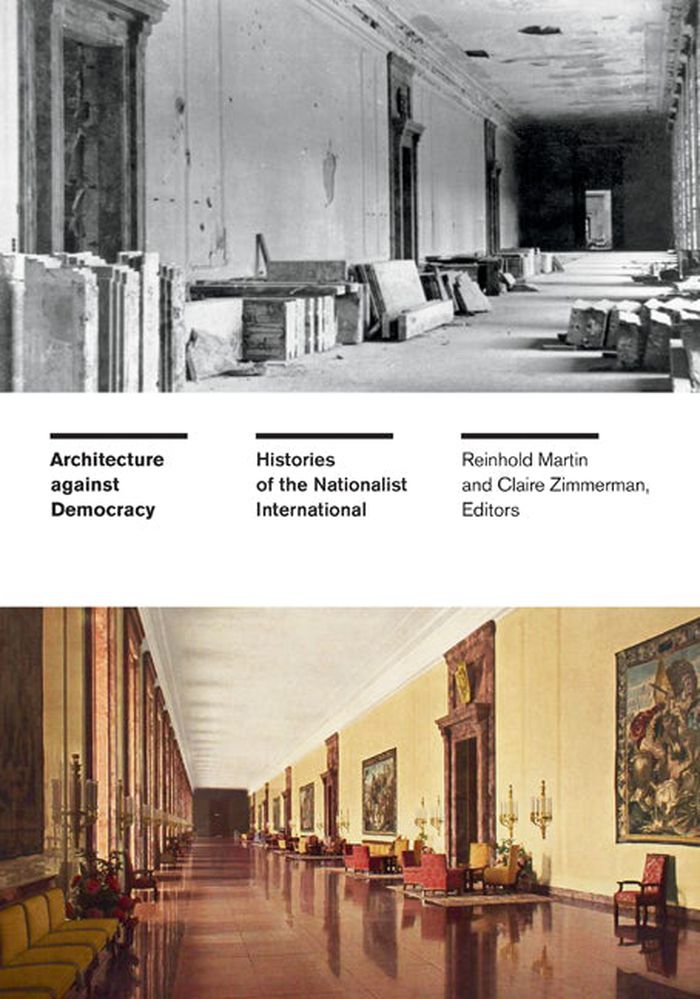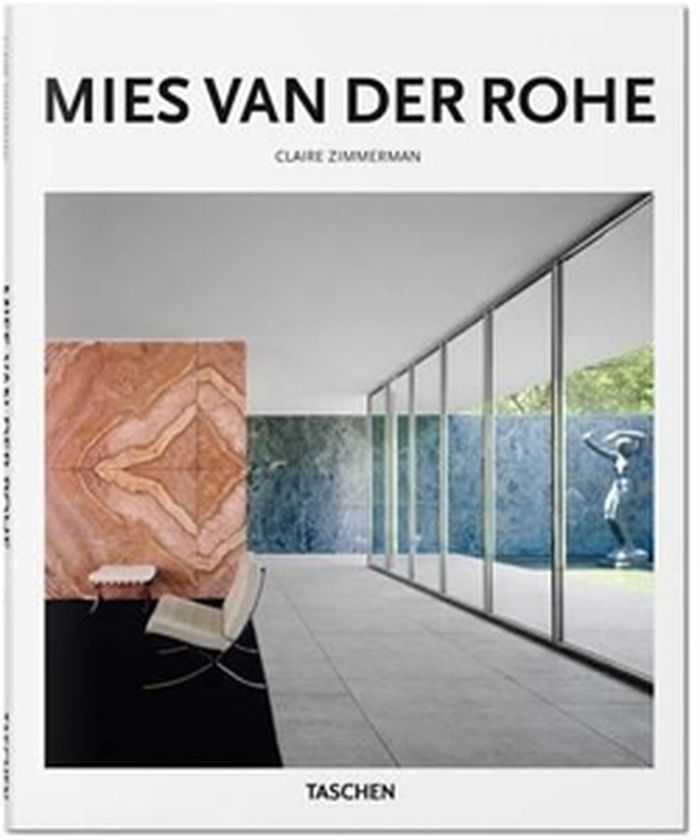$66.00
(disponible en magasin)
Résumé:
Between 1917 and 1945, a tide of hyperindustrialization washed over the United States and the Soviet Union. While the two countries remained ideologically opposed, the factories that amassed in Stalingrad, Moscow, Detroit, Buffalo, and Cleveland were strikingly similar, as were the new forms of modern work and urban and infrastructural development that supported this(...)
Théorie de l’architecture
septembre 2023
Detroit-Moscow-Detroit: An architecture for industrialization, 1917-1945
Actions:
Prix:
$66.00
(disponible en magasin)
Résumé:
Between 1917 and 1945, a tide of hyperindustrialization washed over the United States and the Soviet Union. While the two countries remained ideologically opposed, the factories that amassed in Stalingrad, Moscow, Detroit, Buffalo, and Cleveland were strikingly similar, as were the new forms of modern work and urban and infrastructural development that supported this industrialization. Drawing on previously unknown archival materials and photographs, the essays in ''Detroit-Moscow-Detroit'' document a stunning two-way transfer of technical knowledge between the United States and the USSR that greatly influenced the built environment in both countries, upgrading each to major industrial power by the start of the Second World War. The innovative research presented here explores spatial development, manufacturing, mass production, and organizational planning across geopolitical lines to demonstrate that capitalist and communist built environments in the twentieth century were not diametrically opposed and were, on certain sites, coproduced in a period of intense technical exchange between the two world wars. A fresh account of the effects of industrialization and globalization on US and Soviet cultures, architecture, and urban history, ''Detroit-Moscow-Detroit'' will find wide readership among architects, urban designers, and scholars of architectural, urban, and twentieth-century history.
Théorie de l’architecture
$48.99
(disponible en magasin)
Résumé:
Reinhold Martin and Claire Zimmerman bring together essays from an array of scholars exploring the troubled relationship between architecture and antidemocratic politics. Comprising detailed case studies throughout the world spanning from the early nineteenth century to the present, "Architecture against Democracy" analyzes crucial occasions when the built environment has(...)
Architecture against democracy: histories of the nationalist international
Actions:
Prix:
$48.99
(disponible en magasin)
Résumé:
Reinhold Martin and Claire Zimmerman bring together essays from an array of scholars exploring the troubled relationship between architecture and antidemocratic politics. Comprising detailed case studies throughout the world spanning from the early nineteenth century to the present, "Architecture against Democracy" analyzes crucial occasions when the built environment has been harnessed as an instrument of authoritarian power. Alongside chapters focusing on paradigmatic episodes from twentieth-century German and Italian fascism, the contributors examine historic and contemporary events and subjects that are organized thematically, including the founding of the Smithsonian Institution, Ellis Island infrastructure, the aftermath of the Paris Commune, Cold War West Germany and Iraq, Frank Lloyd Wright’s domestic architecture, and Istanbul’s Taksim Square. Through the range and depth of these accounts, "Architecture against Democracy" presents a selective overview of antidemocratic processes as they unfold in the built environment throughout Western modernity, offering an architectural history of the recent "nationalist international."
Théorie de l’architecture
$69.95
(disponible en magasin)
Résumé:
The neo-avant-garde and postmodern movements have long been understood in terms of their re-working of modernism and a narrative emphasizing rupture and new beginnings. Compelling continuities between the two, especially in postwar Britain, suggest that a new account is needed. This collection of provocative essays discusses the work of architects and their associates,(...)
Neo-avant-garde and postmodern: Post war architecture in Britain and beyond
Actions:
Prix:
$69.95
(disponible en magasin)
Résumé:
The neo-avant-garde and postmodern movements have long been understood in terms of their re-working of modernism and a narrative emphasizing rupture and new beginnings. Compelling continuities between the two, especially in postwar Britain, suggest that a new account is needed. This collection of provocative essays discusses the work of architects and their associates, including Alice and Peter Smithson, Robert Venturi and Denise Scott Brown, James Stirling, James Gowan, Eduardo Paolozzi, Leon Krier, Allan Greenberg, Reyner Banham, and Charles Jencks, and explores why the debate over postwar modernism was especially vocal in Britain.
Post-modernisme
$45.95
(disponible en magasin)
Résumé:
Claire Zimmerman reveals how photography profoundly influenced architectural design in the past century, playing an instrumental role in the evolution of modern architecture. This richly illustrated work shows how new ideas and new buildings arose from the interplay of photography and architecture — transforming how we see the world and how we act on it.
Photographic architecture in the twentieth century
Actions:
Prix:
$45.95
(disponible en magasin)
Résumé:
Claire Zimmerman reveals how photography profoundly influenced architectural design in the past century, playing an instrumental role in the evolution of modern architecture. This richly illustrated work shows how new ideas and new buildings arose from the interplay of photography and architecture — transforming how we see the world and how we act on it.
Théorie de la photographie
Mies van der Rohe (english)
$28.00
(disponible en magasin)
Résumé:
This book presents more than 20 of Mies van der Rohe’s projects from the period 1906–1967 to introduce his practise and influence in both America and Europe.
Mies van der Rohe (english)
Actions:
Prix:
$28.00
(disponible en magasin)
Résumé:
This book presents more than 20 of Mies van der Rohe’s projects from the period 1906–1967 to introduce his practise and influence in both America and Europe.
Architecture, monographies




